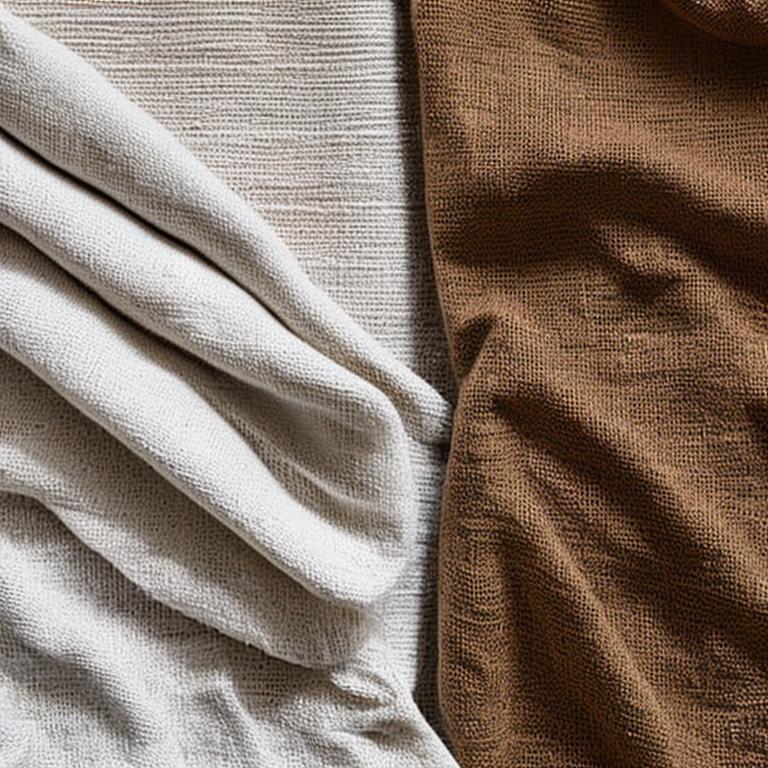Choosing Eco-Friendly Clothes
When it comes to building a sustainable wardrobe, one of the key aspects is choosing eco-friendly clothes. This involves considering the materials used, the production processes involved, and the overall environmental impact of the garments we purchase. One of the first steps in choosing eco-friendly clothes is to opt for fabrics that have a minimal ecological footprint. Natural fibers such as organic cotton, linen, and hemp are excellent choices as they are grown without the use of harmful pesticides and require less water compared to conventional cotton. Additionally, fabrics made from recycled materials, such as recycled polyester or nylon, also offer a sustainable alternative. Another important factor to consider is the production processes involved in creating the clothes. Look for brands that prioritize ethical manufacturing practices, such as fair wages and safe working conditions for employees. Additionally, seek out certifications and labels that indicate a commitment to sustainable practices, such as GOTS (Global Organic Textile Standard) certification or Fair Trade certification. By supporting brands that implement sustainable production processes, we can help drive positive change within the fashion industry. It's important to be mindful of the impact our purchases have and to choose clothes from companies that align with our values. In addition to the materials and production processes, it's worth considering the longevity and versatility of the garments we buy. Investing in timeless pieces that can be worn in various ways and across different seasons will reduce the need for frequent shopping and minimize waste. Rather than following fleeting trends, focus on building a versatile wardrobe with high-quality, durable items that will stand the test of time. Choosing eco-friendly clothes is not only beneficial for the environment but also allows us to make a fashion statement that is both stylish and sustainable. By being conscious consumers and supporting brands that prioritize eco-friendly practices, we can contribute to a more sustainable fashion industry.
Creating a Green Shopping Habit
Creating a green shopping habit is an essential part of building a sustainable wardrobe. It involves adopting mindful consumption practices and making environmentally-friendly choices when shopping for clothes. One effective way to create a green shopping habit is to prioritize buying second-hand or pre-loved clothing. Thrift stores, consignment shops, and online platforms dedicated to resale offer a wide variety of gently-used garments at affordable prices. By opting for second-hand clothing, we extend the lifespan of garments and reduce the demand for new production. Another way to make eco-conscious shopping choices is to support local and independent brands that emphasize sustainability. Locally-made clothing often has a smaller carbon footprint compared to mass-produced garments that are shipped from overseas. Additionally, independent designers tend to have more control over their supply chains and can prioritize ethical production practices. When shopping, it's important to consider the overall quality and durability of the items. Investing in well-made, timeless pieces that can be worn for years to come reduces the need for frequent shopping and minimizes waste. By focusing on quality over quantity, we can build a wardrobe that is both sustainable and stylish. In addition to buying second-hand and supporting sustainable brands, another aspect of creating a green shopping habit is being aware of the true cost of fast fashion. Fast fashion often relies on cheap labor, hazardous working conditions, and the overconsumption of resources. By understanding the negative consequences of fast fashion, we can make more informed purchasing decisions and choose to invest in clothing that has a positive impact on workers and the environment. Lastly, implementing a "one-in, one-out" approach can help us maintain a sustainable wardrobe. This means that for every new item we bring into our closet, we should consider donating or selling an item we no longer wear. This practice ensures that our wardrobe remains clutter-free and encourages conscious consumption. By adopting a green shopping habit, we contribute to a more sustainable fashion industry and promote positive change. It's about making mindful choices, supporting responsible brands, and being aware of the impact our shopping habits have on the environment and society as a whole.
